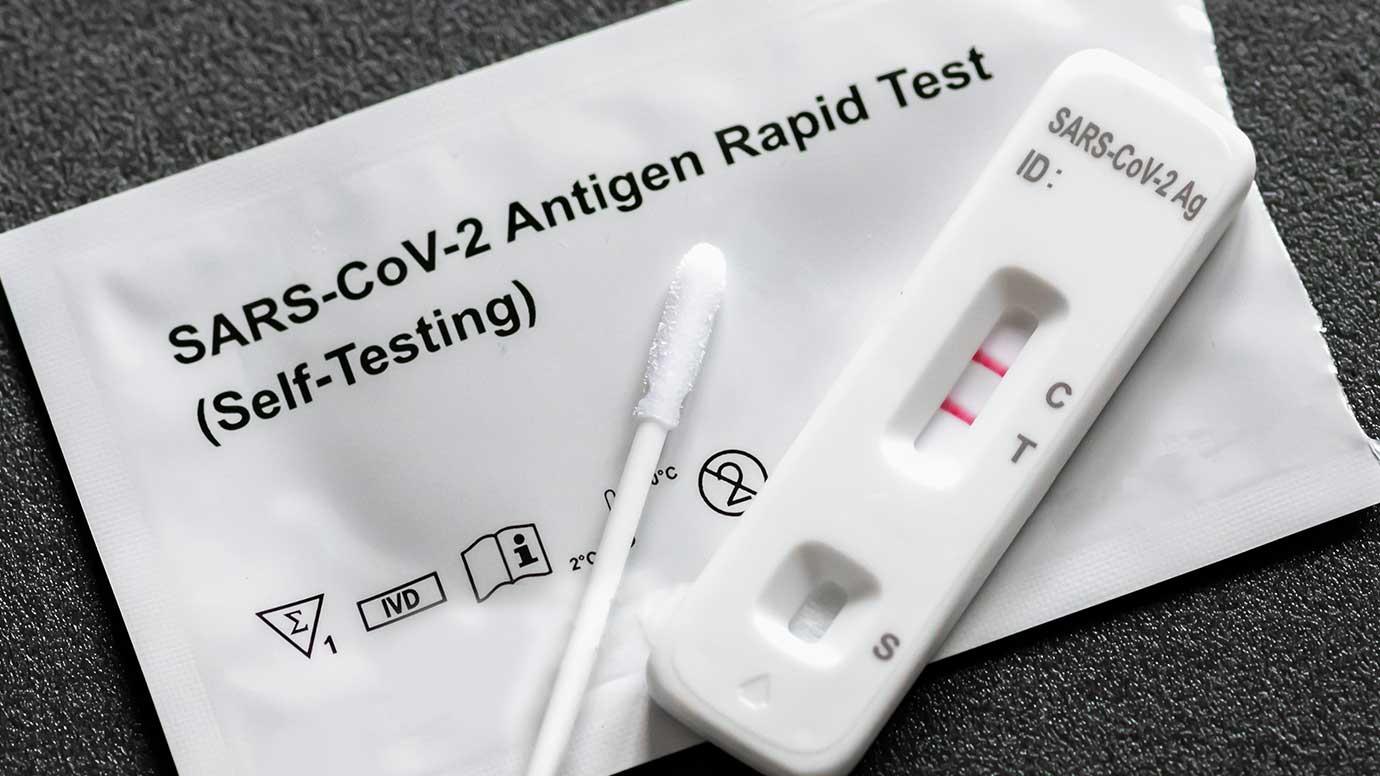
There are many laws that govern visiting hours at children's hospitals. Different hospitals may have different rules. Mount Sinai Children's Hospital permits visitors to visit COVID-19-exposed children for up to 24 hours per day. The rules of each hospital are different, but there are common principles. This article will explain COVID-19 visiting hours and how different hospitals handle this issue. We hope you find this information helpful and helps you understand the law to ensure your child gets the best care.
Kaleida Health has a limited visitation policy
Kaleida Health's children’s hospital is open to anyone. They must be 12 years or older and supervised at any time. All visitors must pass a temperature and COVID screening at their arrival. All visitors must adhere to Hospital protocol. This includes wearing a mask when visiting a patient's room. Visitors may not bring sick family members to the Hospital.

Policy of Nemours on COVID-19
Visitors can visit the child at the hospital during specific hours. The Nemours COVID-19 visiting hour policy can change depending on the children's medical condition. Visitors are not allowed to visit during lockdown. Parents or legal representatives must accompany the child. You may also have to limit visits during emergencies, such as severe weather or natural disasters. The hospital might limit visiting hours if COVID-19 is detected or an outbreak of an infectious disease.
Cincinnati Children's policies on COVID-19
Cincinnati Children's visiting hours are determined by each patient's specific condition. In some cases, the patient may be allowed to have unlimited visits per night. The main lobby and emergency department are the only ways visitors can enter the hospital. In the Emergency Department, two visitors per patient are allowed. If a patient is in their final stages, it may be possible to change the visiting hours. Visitors can be restricted from the hospital for various reasons.
Mount Sinai Children's policy about COVID-19 visiting
Due to the increased number of coronavirus cases, Mount Sinai Medical Center is changing its policy on COVID-19 visitors. As of Friday, COVID-19 patients will no longer be allowed to have visitors in the medical center. In lieu of visitors, patients may only have one visitor at a hospital, the labor and delivery unit, and the NICU. All visitors must register when they enter the hospital.

Mount Sinai Children’s policy regarding latex balloons
Many hospitals are implementing a "no latex balloons" policy. This policy is meant reduce latex exposure in children. The risk of anaphylactic reactions can include rash, breathing difficulties, and even death. This is especially important to children who have suffered from spinal, bladder or other issues as children. This policy is also intended to prevent injury to patients who have cleft palates or other gastrointestinal conditions.
FAQ
What are the three levels of health care facilities?
The first level of care is the general practice clinics, which offer basic medical services for patients that do not require hospitalization. They may also refer patients to other providers if required. This could include general practitioners and nurse practitioners as well as midwives.
Primary care centers are the second level, which provide comprehensive outpatient care and emergency treatment. These include hospitals as well as walk-in clinics, urgent and family care centers, as well sex clinics.
The third level of care is secondary care centres, which offer specialty services such as eye surgery, orthopaedic surgery, and neurosurgery.
What can I do to ensure my family receives quality health care services?
Most likely, your state has a department or health that ensures everyone has affordable healthcare. Some states also have programs to cover low-income families with children. To find out more about these programs, contact your state's Department of Health.
What's the difference between the healthcare system and health care services, exactly?
Health systems can be more than just providing healthcare services. They encompass everything that happens in the overall context of people’s lives, such as education, employment, housing, and social security.
Healthcare services, on the other hand, focus on delivering medical treatment for specific conditions such as cancer, diabetes, mental illness, etc.
They may also refer to the provision of generalist primary care services by community-based practitioners working under the direction of an NHS hospital trust.
What are the different health care services?
Patients need to know that they are able to access quality healthcare at any hour. No matter whether you require an urgent appointment, or a routine exam, we are available to help.
We offer many different types of appointments, including walk-in clinics, same-day surgery, emergency department visits, and outpatient procedures. For those who live outside of our clinic, we also offer home care visits. We can also arrange for home care visits if you do not feel at ease in our office.
Our team includes dentists and doctors as well pharmacists and nurses. Our goal is to make each visit as painless and convenient as possible.
Statistics
- Foreign investment in hospitals—up to 70% ownership- has been encouraged as an incentive for privatization. (en.wikipedia.org)
- The health share of the Gross domestic product (GDP) is expected to continue its upward trend, reaching 19.9 percent of GDP by 2025. (en.wikipedia.org)
- The healthcare sector is one of the largest and most complex in the U.S. economy, accounting for 18% of gross domestic product (GDP) in 2020.1 (investopedia.com)
- Price Increases, Aging Push Sector To 20 Percent Of Economy". (en.wikipedia.org)
- About 14 percent of Americans have chronic kidney disease. (rasmussen.edu)
External Links
How To
What are the 4 Health Systems
Healthcare systems are complex networks of institutions such as hospitals and clinics, pharmaceutical companies or insurance providers, government agencies and public health officials.
The goal of this infographic was to provide information to people interested in understanding the US health care system.
These are some key points.
-
Annual healthcare spending totals $2 trillion and represents 17% GDP. That's more than twice the total defense budget!
-
Medical inflation reached 6.6% in 2015, which is more than any other consumer group.
-
On average, Americans spend 9% of their income on health costs.
-
As of 2014, there were over 300 million uninsured Americans.
-
Although the Affordable Healthcare Act (ACA), was passed into law, implementation has not been completed. There are still large gaps in coverage.
-
A majority believe that the ACA must be improved.
-
The US spends a lot more money on healthcare than any other countries in the world.
-
The total cost of healthcare would drop by $2.8 trillion annually if every American had affordable access.
-
Medicare, Medicaid and private insurers pay 56% of healthcare expenses.
-
The top three reasons people aren't getting insured include not being financially able ($25 billion), having too much time to look for insurance ($16.4 trillion), and not knowing what it is ($14.7 billion).
-
There are two types, HMO (health maintenance organization), and PPO (preferred providers organization).
-
Private insurance covers almost all services, including prescriptions and physical therapy.
-
The public programs include hospitalization, outpatient surgery and nursing homes. They also cover long-term care and hospice care.
-
Medicare is a federal program providing senior citizens health coverage. It covers hospital stays, skilled nursing facility stay, and home healthcare visits.
-
Medicaid is a federal-state program that provides financial aid to low-income families and individuals who earn too little to be eligible for other benefits.